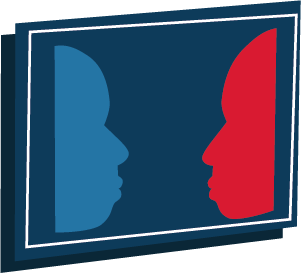Helper Syndrome – When Helping Becomes a Problem
Back to: Psychological Implications of Helping
As explained before the art of helping requires a sensitive balance of giving and taking, of altruism and egoism. When this balance is inappropriate the consequences can be severe. A particular, widespread phenomenon among helpers is the so-called helper syndrome. Its clinical picture was first described during the 1970s by the German psychoanalyst Wolfgang Schmidbauer in his books „Hilflose Helfer“ (Helpless Helpers) and „Das Helfersyndrom“ (Helper syndrome)1 2. The author stated that the syndrome particularly concerns helping professions such as doctors, social workers, therapists or nursing staff. Later studies, however, showed that it is not limited to these professional groups. The syndrome comprises characteristics that can as well be found among all societal groups.
- They have severe problems to perceive and express their own feelings and needs;
- They usually show a facade of strength and invulnerability;
- They focus on the needs of others;
- Helping can become an addiction.
As a consequence of their special personality they frequently can be found in helping professions or as volunteers in the field of social welfare or health care. Other persons in question act out the syndrome in their private environment.
- The helper seems to be strong and competent in all imaginable situations;
- He/she never shows weaknesses;
- When somebody needs help he/she drops everything to give support right away;
- There is no adequate balance between giving and taking;
- He/she is unable to say no;
- They ignore their own limits and needs;
- They try very hard to be indispensible;
- They force help on persons who do not really need or want it;
- They expect gratitude and appreciation for their efforts.
How does the helper syndrome develop?
The psychoanalytical approach describes that the origin of the syndrome lies in early childhood. Parents do not sufficiently respect essential emotions and needs of the child. Affection is only given when the child shows performance and achievement. As a consequence, children have a very low self-esteem, and they develop rigid expectations of themselves. Typical thinking patterns are
- „I am only good when I ignore my feelings!“
- „I am a bad person when I respect my own needs!“

 After reading about the the helper syndrome: Please think about the personality features and symptoms and reflect if you realise some of them in your own person! If yes, which of them?
After reading about the the helper syndrome: Please think about the personality features and symptoms and reflect if you realise some of them in your own person! If yes, which of them?